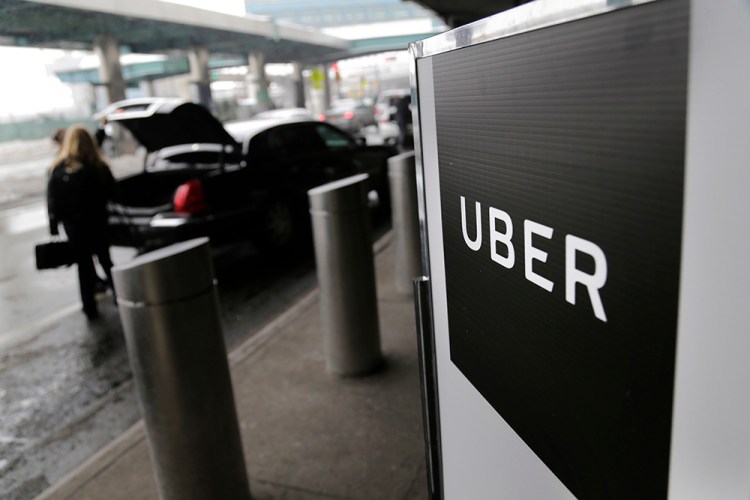Ride-hailing companies such as Uber and Lyft already have struck a financial blow to their competitors in the taxi industry. Now many officials fear they may take a big bite out of airport parking revenue.
Rather than driving and leaving their cars at garages, a growing number of passengers are tapping their smartphone apps and turning to ride-hailing to get to and from the airport.
At some airports, proceeds from parking, which officials rely on to help keep the system up and running, are already taking a hit.
And airport officials worry the popular digital technology may have an impact not just on parking, but on revenue from taxis and rental cars as well.
Because many airports have only had formal agreements with the ride-hailing services, also called transportation network companies, for a year or two – or even less in some places – officials haven’t had enough time to figure out exactly how their bottom line is affected, they say.
“Airport managers are just now coming to understand how this trend will impact them, and they are concerned,” said Carter Morris, an executive vice president for the American Association of Airport Executives, which represents airport managers. “It’s disruptive technology, and airports need to adapt and do it quickly.”
Ride-hailing has skyrocketed since 2014, when a handful of U.S. airports first permitted it. Today, Lyft has agreements with nearly 240 airports and Uber has agreements with more than 100, including large ones such as Chicago’s O’Hare International and Atlanta’s Hartsfield-Jackson International, and small ones, such as Punta Gorda, in Florida, and Laramie Regional, in Wyoming.
Many airports are charging transportation network companies, or TNCs, a fee to pick up passengers, to compensate for potential revenue loss and ensure that the companies don’t gain an unfair advantage. Some also charge for drop-offs, and some charge an annual permit fee or a one-time operating fee.
Trip fees, which get tacked on to the rider’s bill, vary from airport to airport: from $5 in Chicago and $4 in Los Angeles to $2 at Dallas-Fort Worth.
Federal regulations prohibit airports from making a profit. But they are expected to raise enough money to cover their costs. And to do that, they collect revenue from a number of sources.
Airlines pay landing and arrival fees; rental car companies pay to operate at the airport, and taxis, limos and other ground transportation services often do the same.
Fees from parking and ground transportation are important to an airport’s balance sheet. Last year, the $3.5 billion in fees represented 41 percent of the $8.5 billion in U.S. airport revenue not related to airlines, according to the FAA.
Parking fees typically represent between one-fifth and one-quarter of that revenue category, Morris said. His group’s facilities committee plans to examine the impact TNCs have on airport budgets.
“Parking usually is a pretty significant part of an airport’s revenue,” said Marshall Stevens, deputy executive director of the Harrisburg International Airport and chair of the committee. “A loss of that revenue either has to be made up or offset with a decrease in expenses.”
Send questions/comments to the editors.


